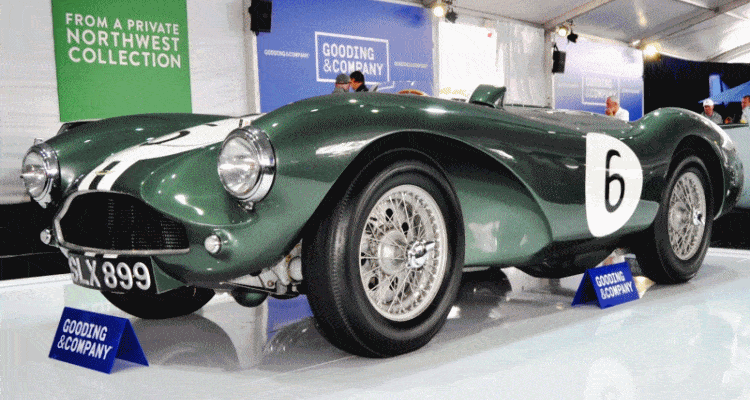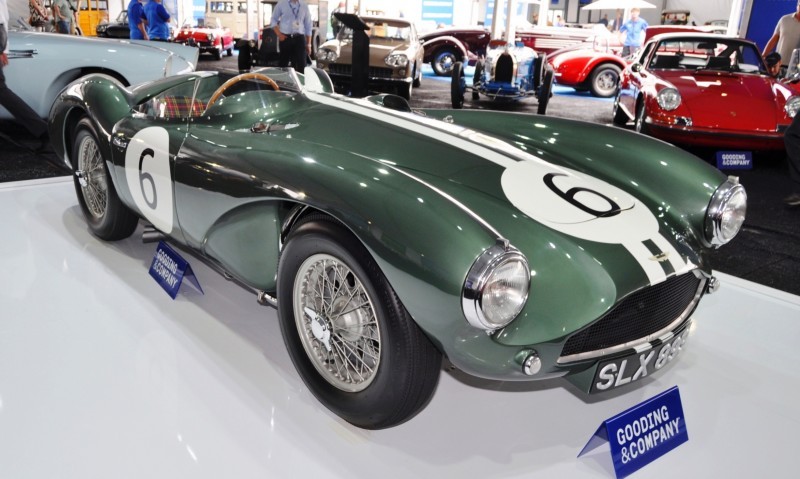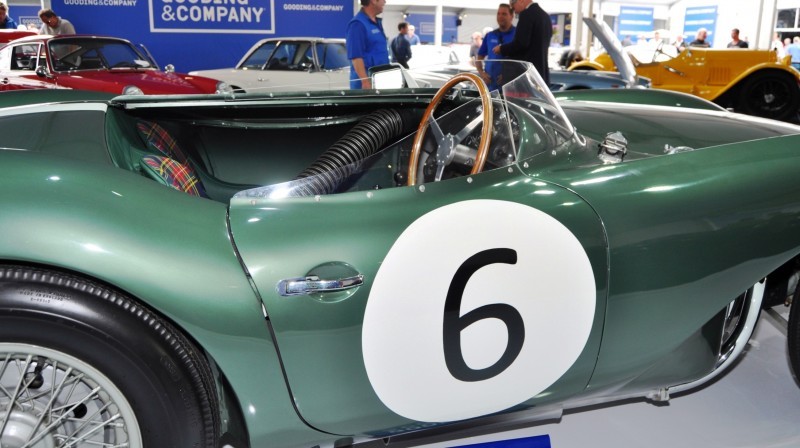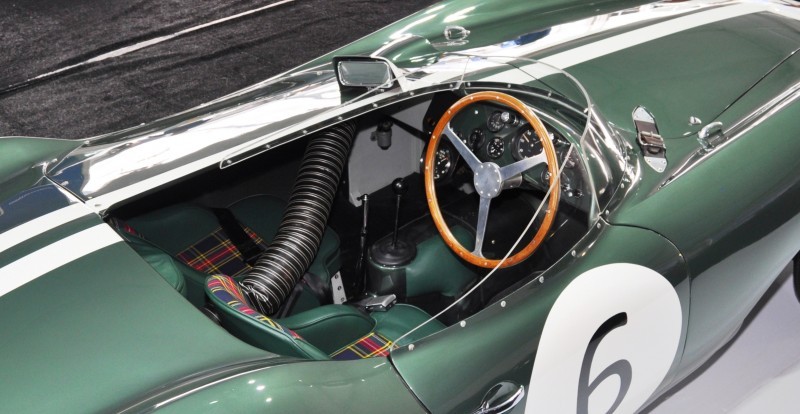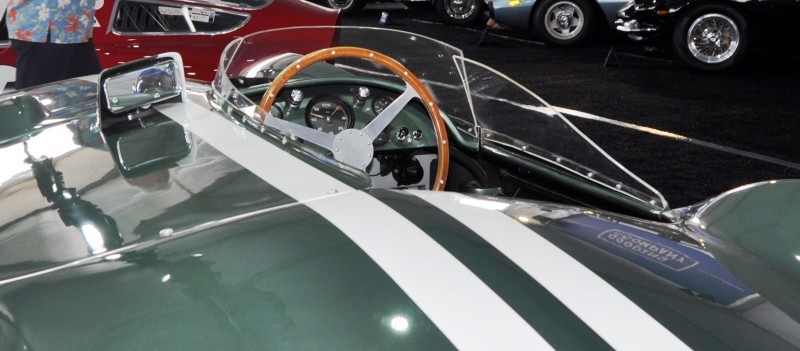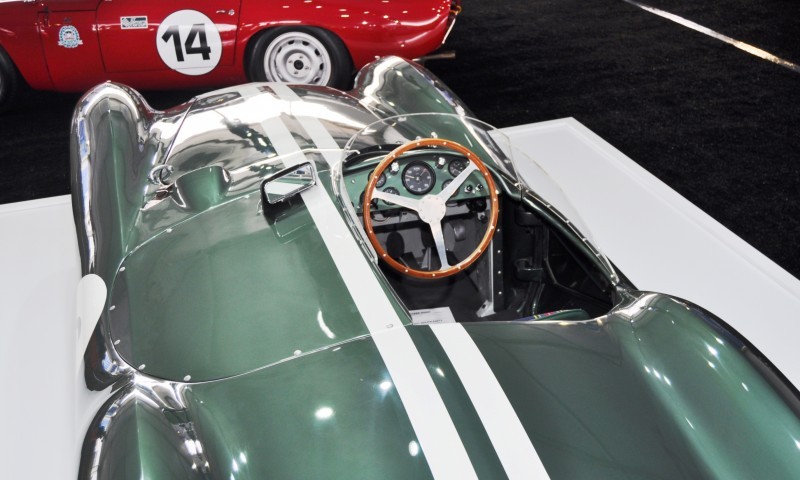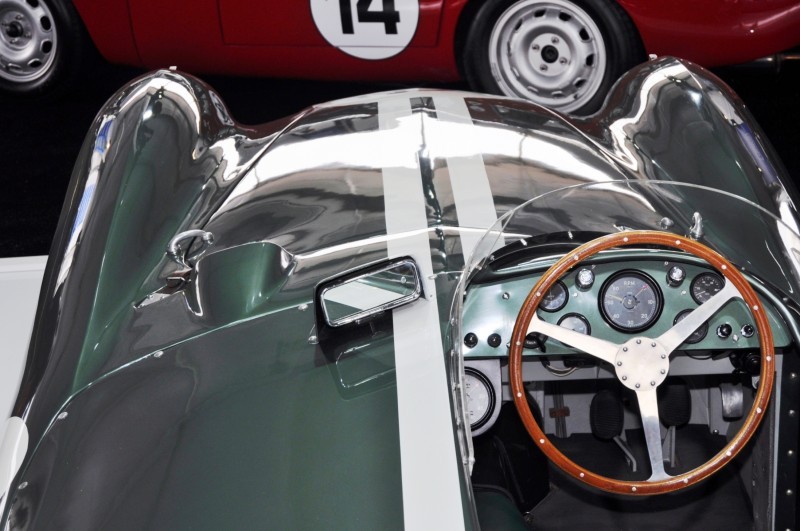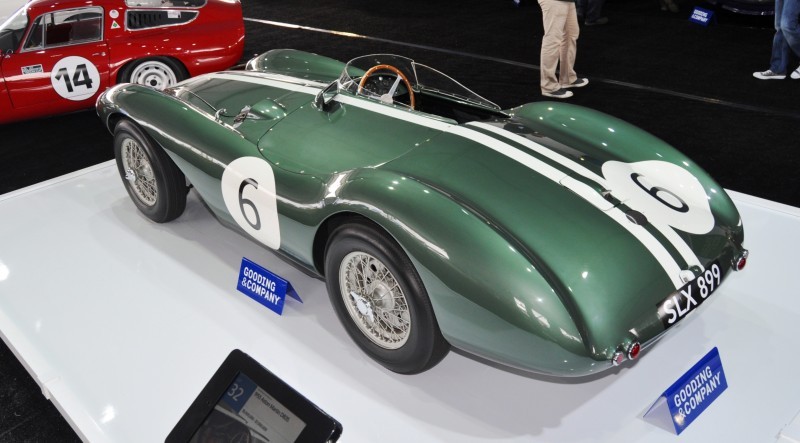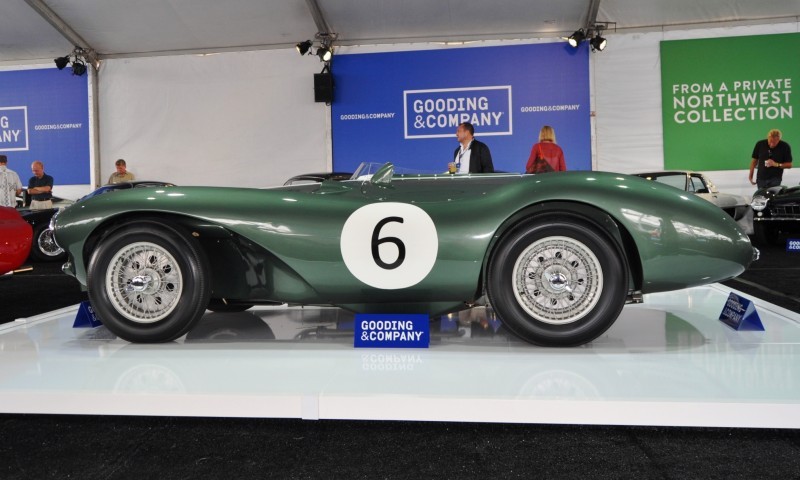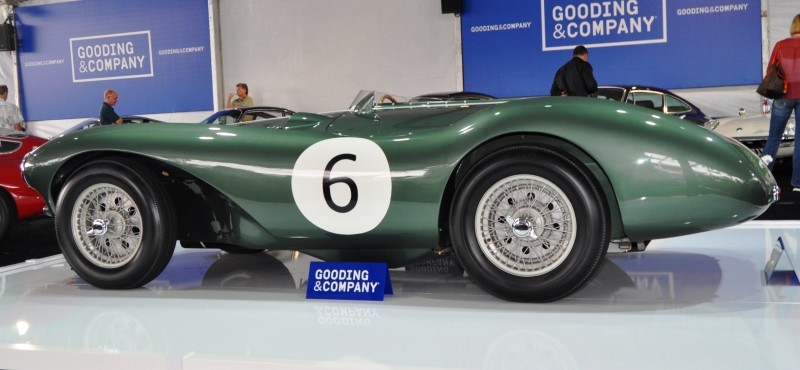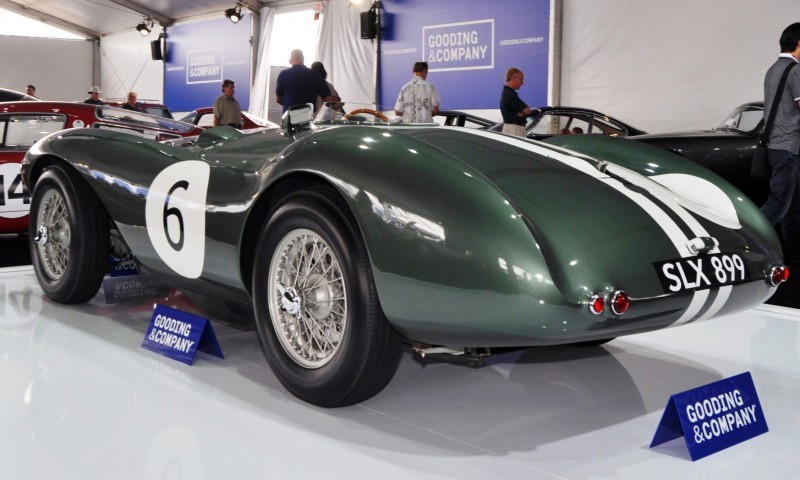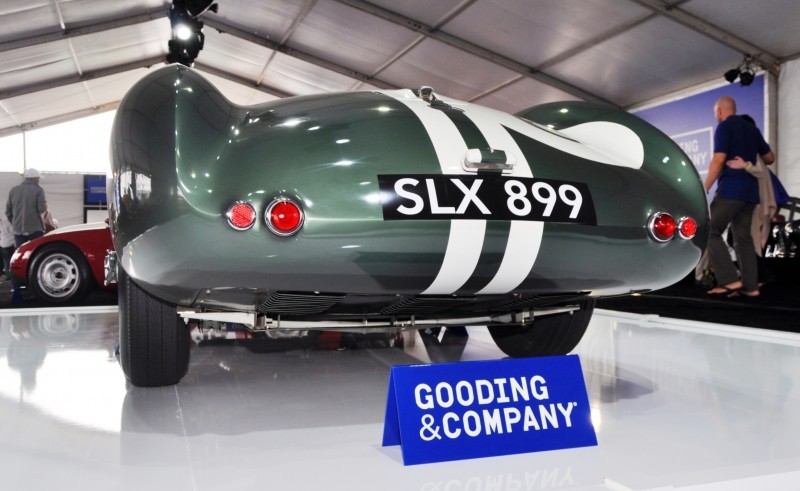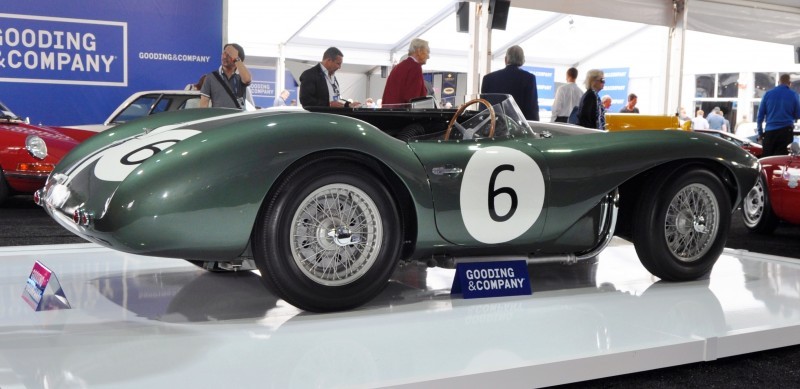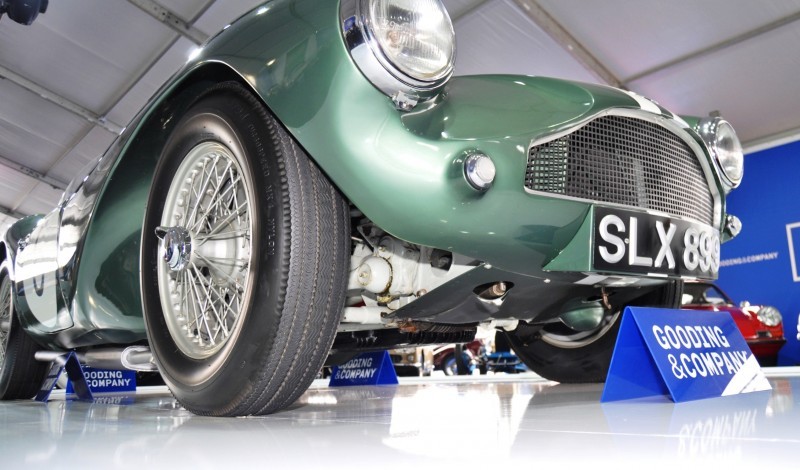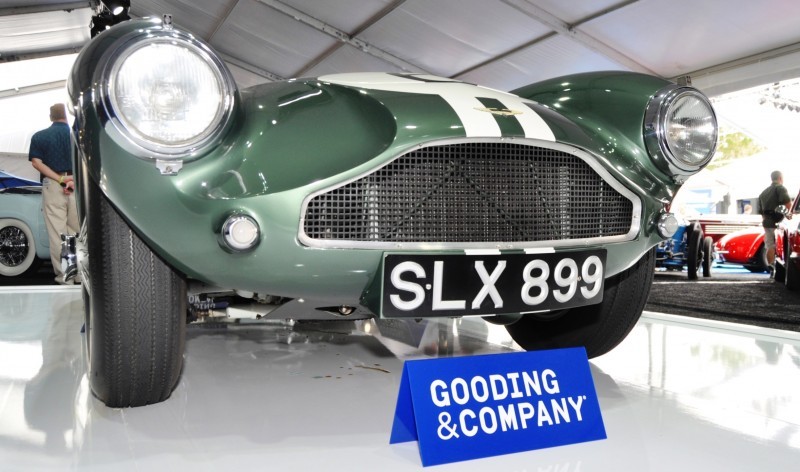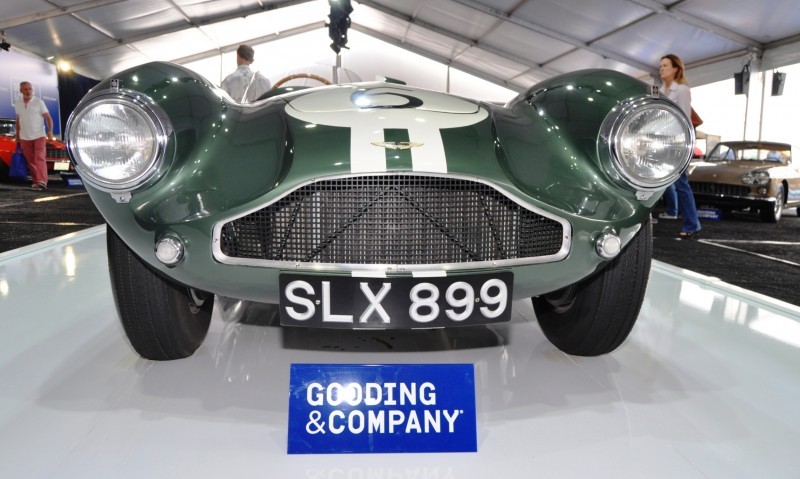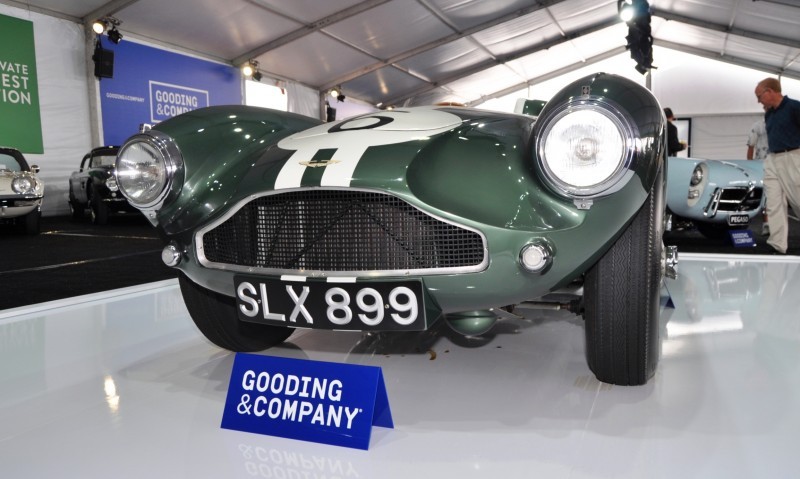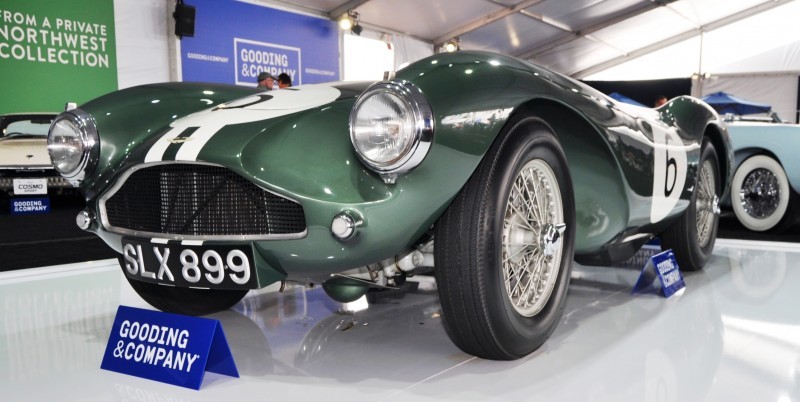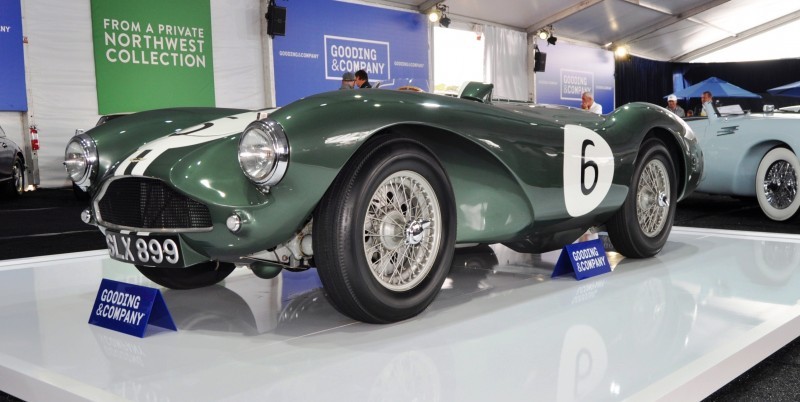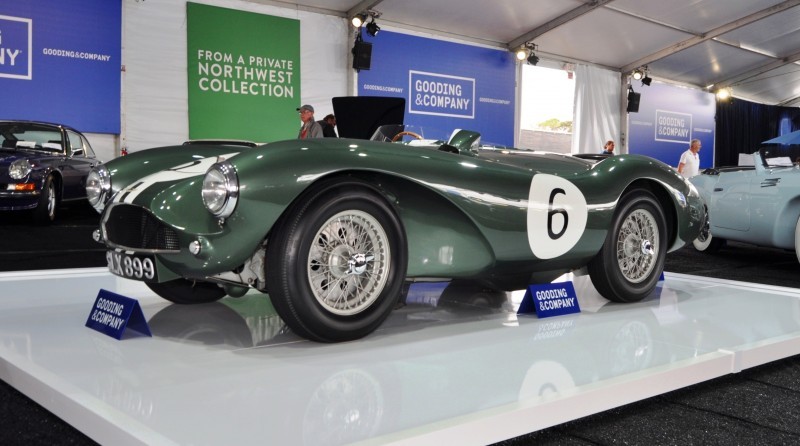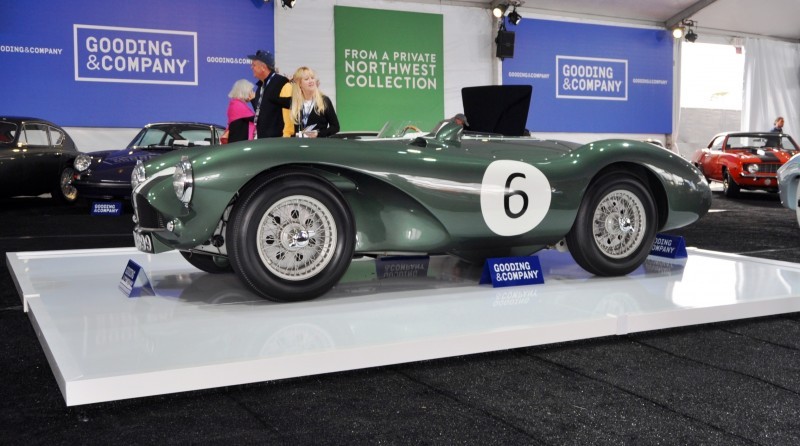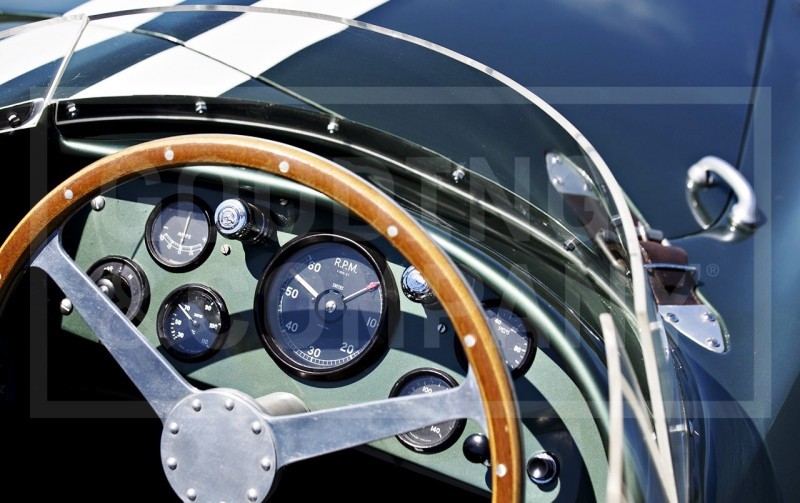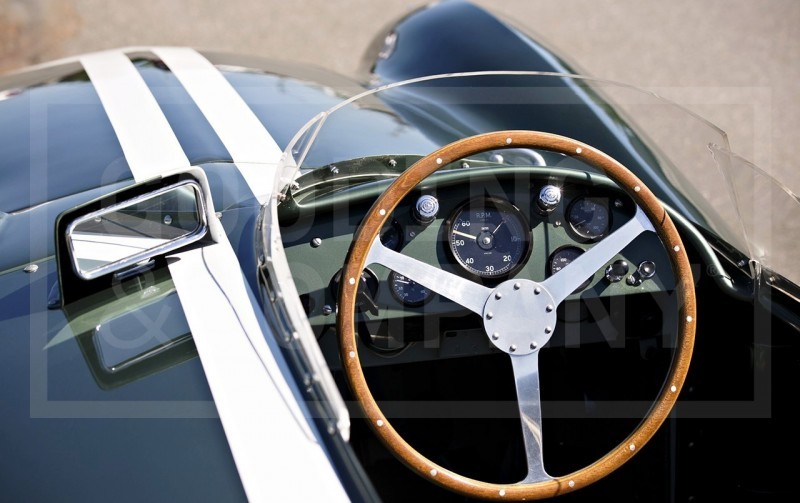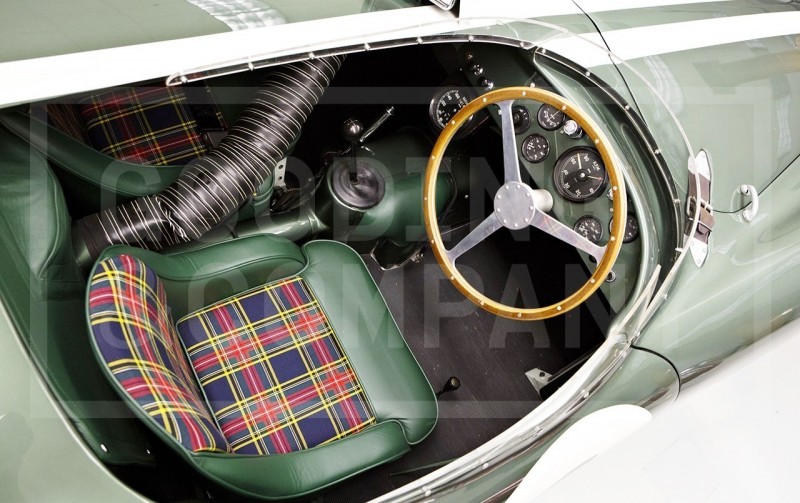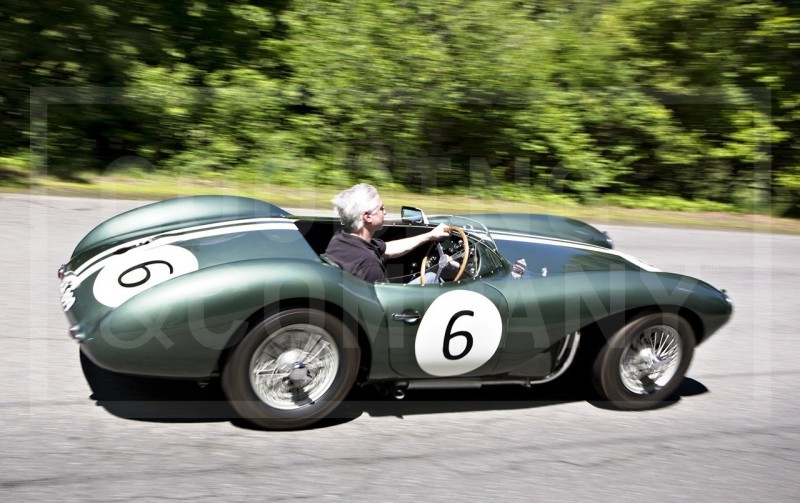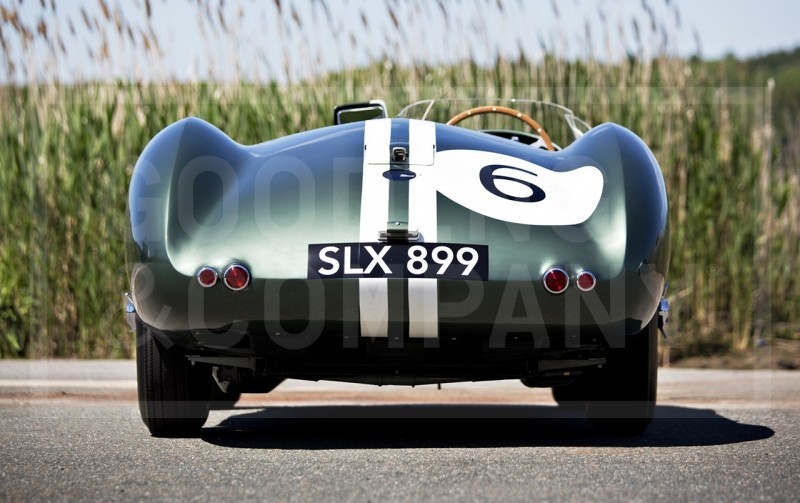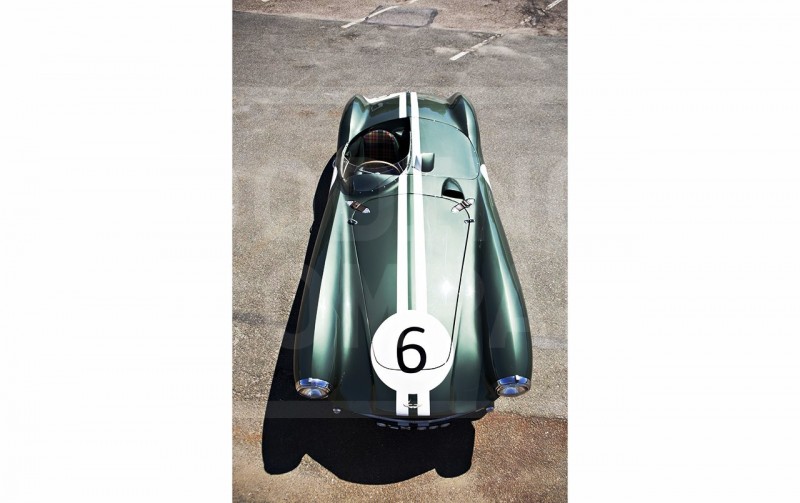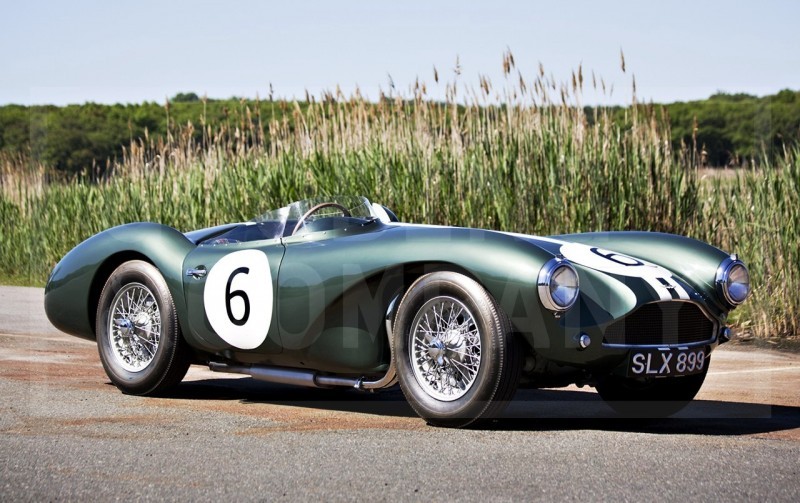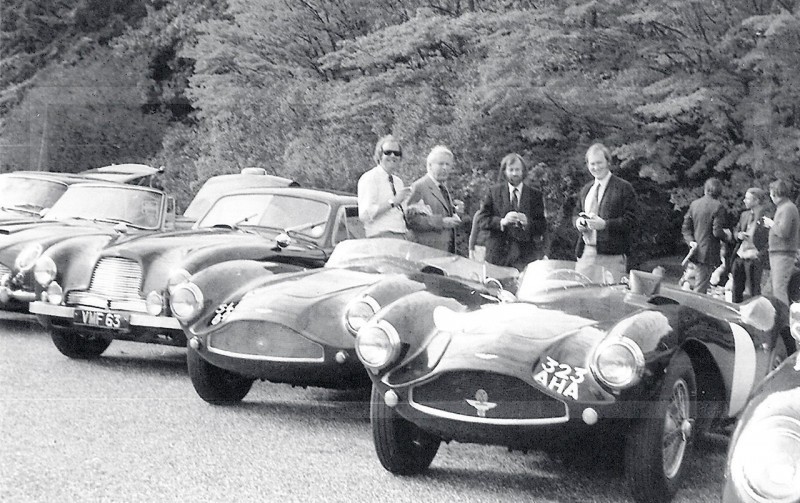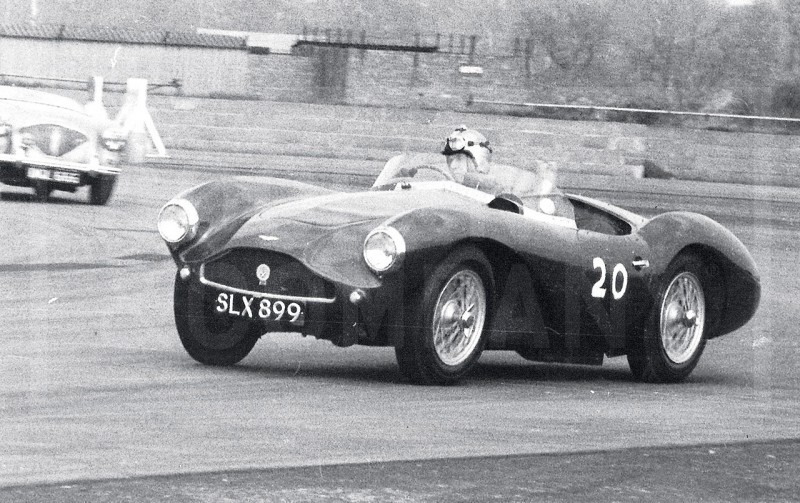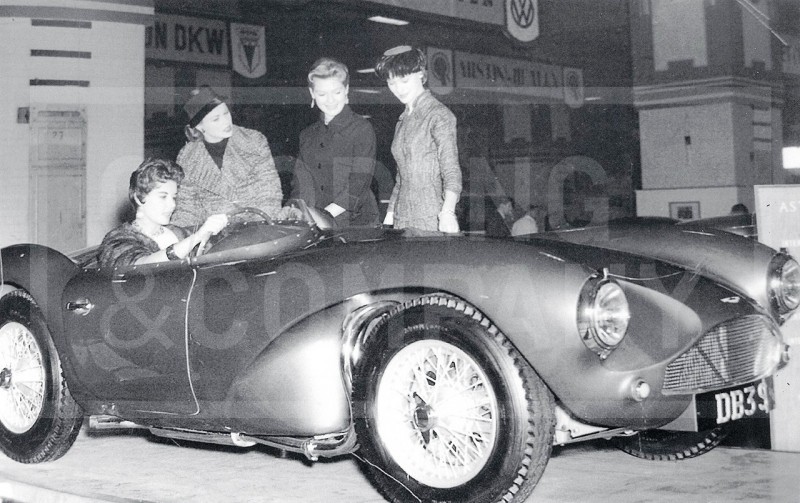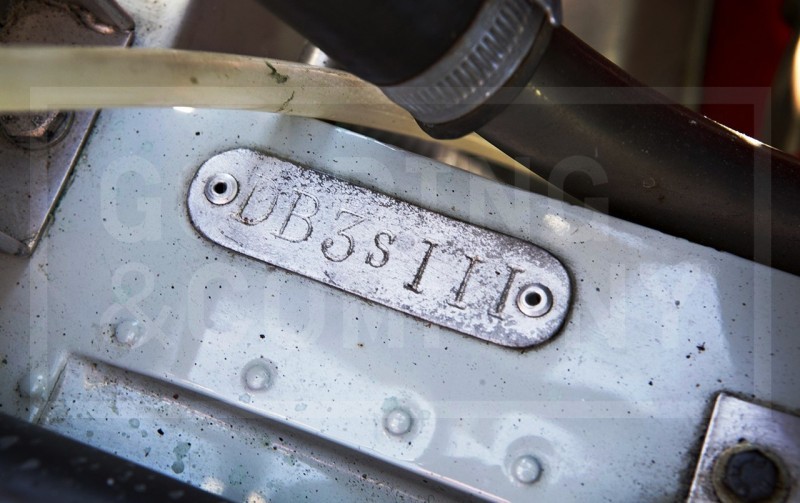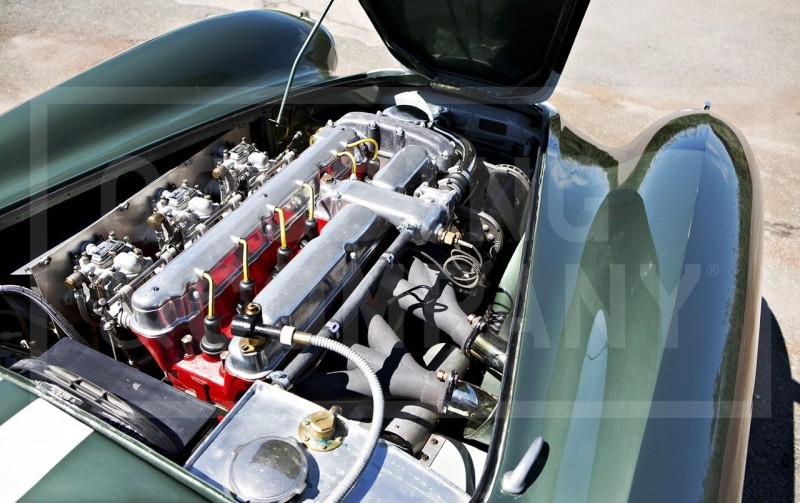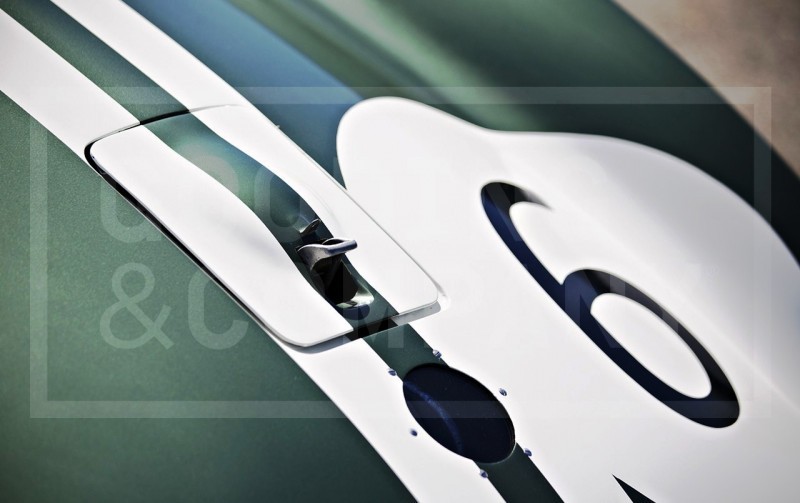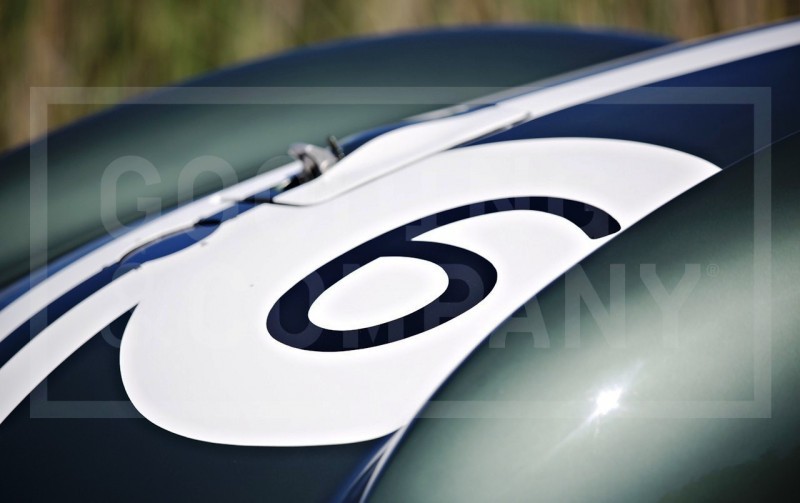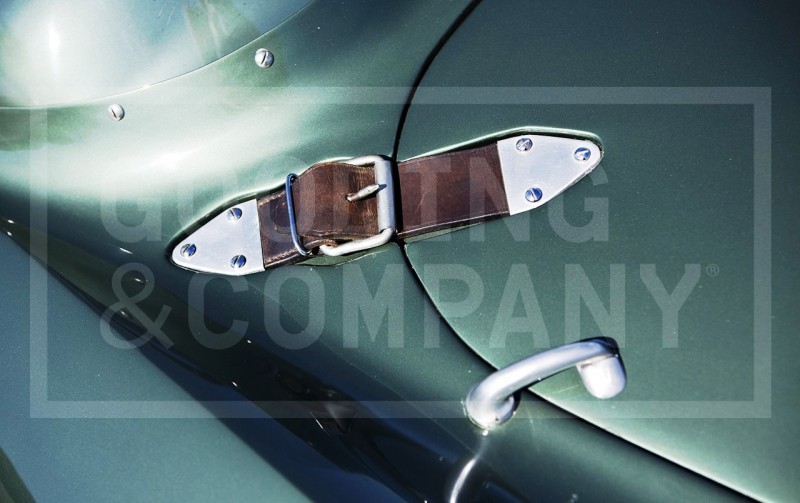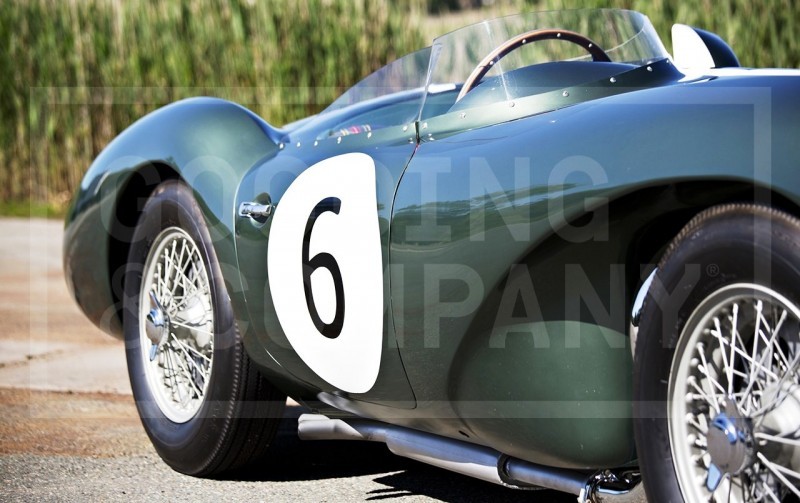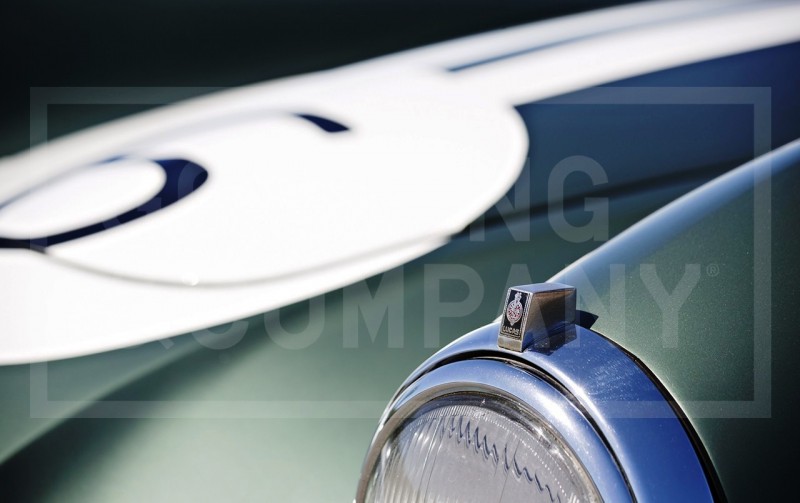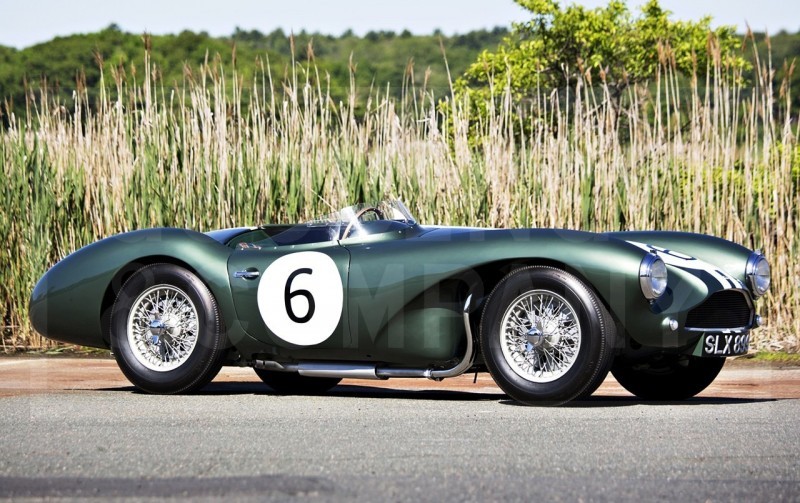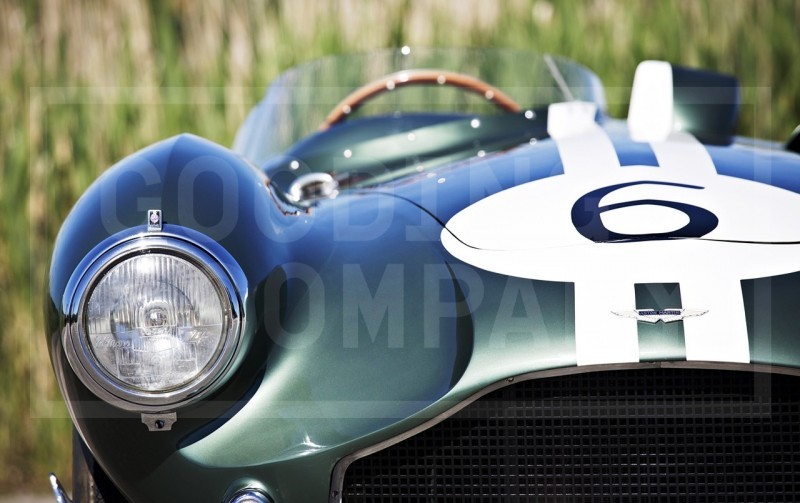$5.5-million is a very high tally for any Aston Martin, but this 1955 DB3S is surely a deserving specimen.
As both a show car and a racecar, the DB3S is a stunning beauty and a timecapsule of design in the 1950s. The chassis design was completed by a famed Austrian engineer with experience designing Auto Union racers in the 1930s, while the exterior design by Frank Feeley is perhaps Mr. Feeley’s finest-ever work.
Feeley was a Lagonda man until joining Aston with Lagonda’s buyout in 1947, where his ultra-luxury model focus was shifted to racecars.
One amazing element of the DB3S’s design is how its body enhances the tubular frame’s strength. The panel shaping itself created extremely strong panels — in a time well before any type of unibody or monocoque chassis on any supercars.
The designs that created such lasting beauty for the DB3S are, arguably, the nose and hood panel meeting points between the lights and grille, as well as the sculpted front wheel-well. Both functional and gorgeous, these inverted surface shapes made what might be a floppy panel into a rigid and structual enhancement to the performance of the machine. Stiffness meant more accurate chassis calibrations and more control at high speeds — both features that helped the DB3S win numerous prestigious titles during its racing career between 1953 and 1956.
But the most prestige of this DB3S might be from its legacy on the then-tiny Aston Martin company. Firmly competing with then-amazing Jaguar C-Types set the groundwork for the DB4 up to the 2017 DB10 with its AMG engine base.
1955 Aston Martin DB3S
GOODING & CO. – PEBBLE BEACH 2014
The 1955 Earls Court Show Car
1955 Aston Martin DB3S
-
One of Only 20 Customer DB3s Models Built
-
Among the Most Correct and Authentic Examples Surviving
-
Impressive Show and Competition Pedigree
-
A Fixture in the Forshaw Collection for More than 40 Years
-
Offered with original Engine Block and Significant Documentation
TECHNICAL SPECS
-
Three Weber 40 DCO3 Carburetors
-
210 HP at 5,500 RPM
-
4-Speed David Brown S430 Manual Gearbox
-
4-Wheel Girling Drum Brakes
-
Independent Front Suspension with Torsion Bars and Trailing Arms
-
De Dion Back Axle with Torsion Bars and Trailing Arms
THIS CAR
In 1951 Aston Martin unveiled the DB3, the first purpose-built racing car developed under the company’s new owner, David Brown.
Designed by Professor Eberan-Eberhorst, the Austrian engineer who helped develop the legendary auto Union Grand Prix cars of the 1930s, the DB3 featured a robust tubular ladder frame, torsion bar front suspension, and a De Dion back axle. Frank Feeley penned the DB3’s open bodywork, and power came from a beautiful twin-cam engine, derived from the Lagonda LB6 unit designed by Willie Watson, under the direction of W.o. Bentley.
In November 1952, Brown commissioned Watson to work on a smaller, lighter, and faster version of the DB3. While the new sports racing car – dubbed the DB3s – carried over certain features from its predecessor, it benefited from an all-new chassis design, a David Brown-built final drive, numerous weight-saving measures, and curvaceous bodywork, distinguished by cutaway front wings and dramatically peaked fenders.
The DB3s made its racing debut at Charterhall in May 1953, where Reg Parnell defeated the Ecurie Ecosse C-Types. During the 1953 season, the new Aston Martins captured wins at the Tourist Trophy, the British Empire Trophy, and the Goodwood Nine hours.
http://www.goodingco.com/vehicle/1955-aston-martin-db3s/#prettyPhoto

Tom Burkart is the founder and managing editor of Car-Revs-Daily.com, an innovative and rapidly-expanding automotive news magazine.
He holds a Journalism JBA degree from the University of Wisconsin – Madison. Tom currently resides in Charleston, South Carolina with his two amazing dogs, Drake and Tank.
Mr. Burkart is available for all questions and concerns by email Tom(at)car-revs-daily.com.

